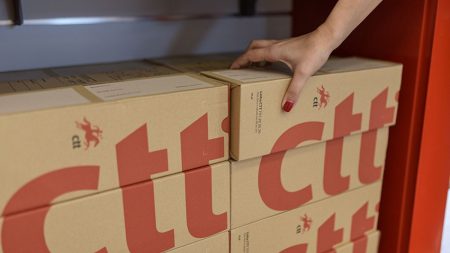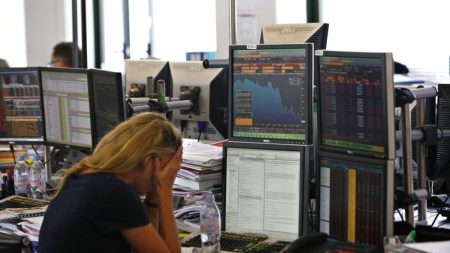January, historically a subdued month for European equity indexes, presents selective opportunities for investors attuned to seasonal trends. While broader indices like the Euro STOXX 50, DAX, and Euro STOXX 600 have demonstrated modest average returns in January, certain individual stocks within these indices have historically outperformed, showcasing consistent gains during the first month of the year. This disparity between overall market performance and individual stock performance underscores the importance of granular analysis for identifying potential seasonal winners.
Analyzing historical data from Seasonax reveals a pattern of unspectacular average January returns for the major European indices. The Euro STOXX 50, a key benchmark for eurozone blue-chip stocks, has averaged a mere 0.1% gain in January over several decades. The DAX, Germany’s leading index, fared even worse with an average January return of -0.06%. The broader Euro STOXX 600, encompassing a wider range of European equities, also exhibited a modest 0.1% average January gain. However, recent years have witnessed a resurgence in January performance for these indices, with 2023 marking a particularly strong start for both the Euro STOXX 50 and the DAX. This recent positive trend, while encouraging, does not negate the long-term historical data suggesting a generally muted January performance for these broad market indicators.
Despite the overall subdued January performance of the indices, select components of the Euro STOXX 50 have consistently delivered positive returns during this period. Companies like Vinci SA, Deutsche Börse AG, SAP SE, Airbus SE, and Kering SA have demonstrated compelling average and median returns in January, often exceeding the broader index performance. Vinci, a construction and infrastructure giant, boasts an average January return of nearly 3%. Deutsche Börse, the German stock exchange operator, exhibits a more volatile yet potentially rewarding profile, with a strong median return exceeding 6%. SAP, a prominent software company, offers more consistent, albeit moderate, January gains. Airbus, while showing a strong average return, displays less consistency with a lower median performance. Kering, a luxury goods conglomerate, also demonstrates relatively modest average January returns.
Expanding the scope to the Euro STOXX 600, which includes mid- and small-cap stocks, unveils even more pronounced seasonal trends. Several companies within this broader index have consistently outperformed in January, showcasing impressive average and median returns. These companies, often operating in specific sectors like retail, IT services, defense, life sciences, and entertainment, benefit from factors unique to the January trading environment.
Among the standout performers in the Euro STOXX 600 during January are JD Sports Fashion plc, Sopra Steria Group, Rheinmetall AG, Sartorius Stedim Biotech S.A., and CTS Eventim AG & Co. KGaA. JD Sports, a sportswear retailer, consistently achieves strong January gains, with an average return exceeding 8%. Sopra Steria, an IT services firm, stands out for its remarkably high winning ratio in January, achieving gains in 90% of the observed periods. Rheinmetall, a defense contractor, combines high consistency with limited downside risk during January. Sartorius Stedim Biotech, a life sciences company, benefits from robust demand for its bioprocessing technologies, leading to impressive January returns. CTS Eventim, a ticketing and live entertainment company, rounds out the list with reliable January performance and limited downside risk.
The January performance of these individual stocks, both within the Euro STOXX 50 and the broader Euro STOXX 600, highlights the potential for targeted investment strategies based on seasonal trends. While the overall market may exhibit muted performance during this period, certain sectors and companies consistently benefit from specific January dynamics. This emphasizes the importance of thorough research and analysis for identifying these potential seasonal winners and capitalizing on their January performance. Investors seeking opportunities within the European equity market during January should consider focusing on these historically strong performers, rather than relying solely on broader market indicators. This selective approach, informed by historical data and seasonal trends, can potentially yield significant returns during a month typically characterized by subdued market activity.














